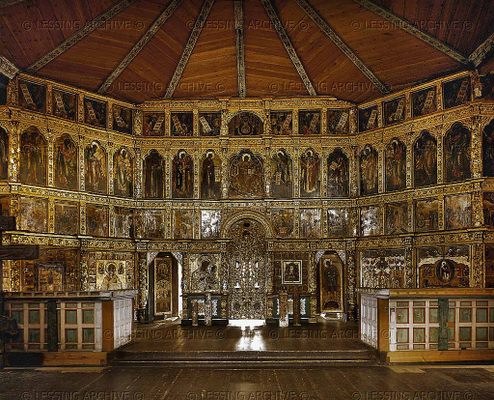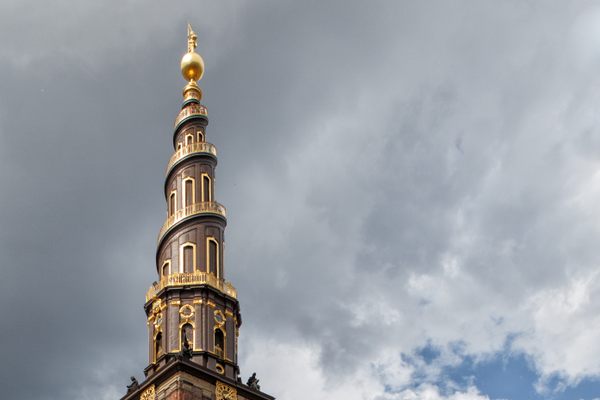About
Sequestered on Kizhi Island in the Republic of Karelia's Lake Onega is a cordoned-off area, or "pogost," containing one of the most jaw-dropping clusters of 18th century Russian architecture still in existence.
Contained therein are two large churches—the 22-dome Church of the Transfiguration and the nine-dome Church of the Intercession—and an octagonal bell-tower built exclusively from wood in an architectural style once common throughout northern Russia and parts of Scandinavia.
At over 120 feet tall, the Church of the Transfiguration stands out most impressively, and boasts a nave filled with iconography of saints from the orthodox faith. Used in exclusively in the summer when far-flung groups of the devout would gather at Kizhi’s pogost, the relatively simpler Church of the Intercession accommodated the smaller group of disciples whose numbers would dwindle in wintertime.
Experts have dated the construction of the buildings themselves to 1713-1714, though the names of the workers remain unknown. A local legend tells of Kizhi’s main builder having used a single axe for the duration, only to cast it into Onega’s waters upon finishing and proclaim, “There was not and will be not another one to match it.”
While typical of medieval and post-medieval orthodox settlements of the period, coming across such buildings today is anything but. Set against a landscape of big skies reflected in tranquil lake waters, or winters whose snows leave the belled domes as the lone sign of life for miles, Kizhi comes across as otherworldly.
In 1990, the Kizhi pogost was included in the UNESCO list of World Heritage sites and in 1993 listed as a Russian Cultural Heritage site, where visitors are permitted to explore the structures in an open-air museum dedicated to the unique history, architecture, and ethnography of the region.
Related Tags
Community Contributors
Added By
Published
May 15, 2013












































